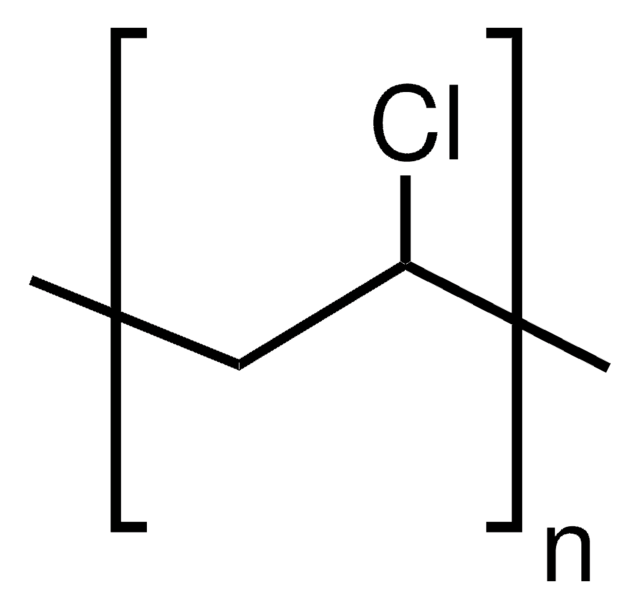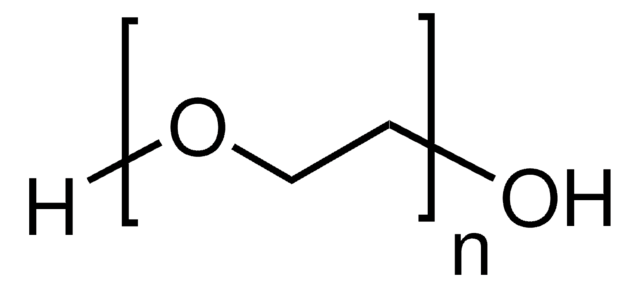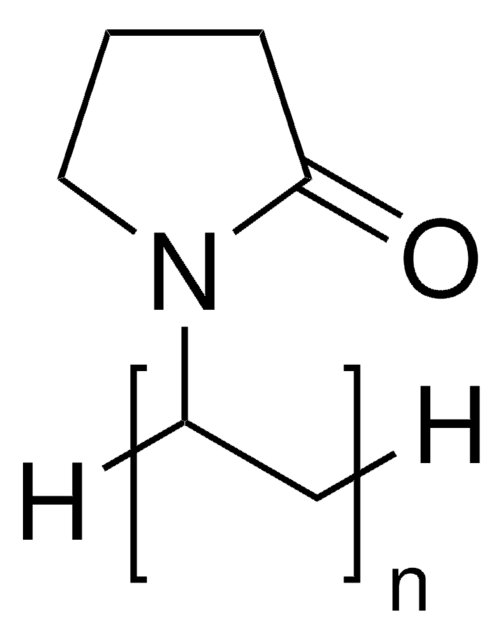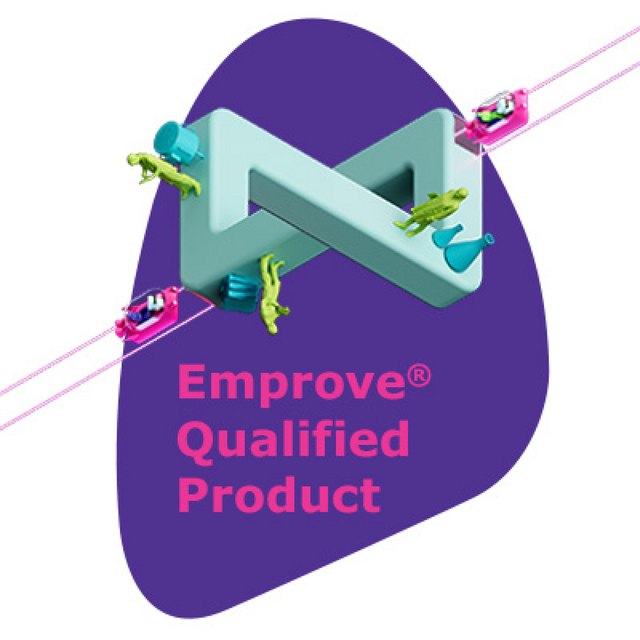03394
Poly(ethylene glycol)
tested according to Ph. Eur., 6,000
Sign Into View Organizational & Contract Pricing
All Photos(1)
Synonym(s):
Macrogol 6,000, Polyethylene glycol, PEG
Linear Formula:
H(OCH2CH2)nOH
CAS Number:
MDL number:
UNSPSC Code:
12352104
PubChem Substance ID:
NACRES:
NA.21
Recommended Products
Agency
tested according to Ph. Eur.
Quality Level
form
solid
mol wt
5000-7000
solubility
aliphatic hydrocarbons: slightly soluble
organic solvents: soluble
application(s)
pharmaceutical (small molecule)
SMILES string
C(CO)O
InChI
1S/C2H6O2/c3-1-2-4/h3-4H,1-2H2
InChI key
LYCAIKOWRPUZTN-UHFFFAOYSA-N
Looking for similar products? Visit Product Comparison Guide
Related Categories
Application
Poly(ethylene glycol) was used as hydrophilic carriers for characterizing the sirolimus solid dispersion nanoparticles.
Biochem/physiol Actions
Polyethylene glycol (PEG) is a condensation polymer of ethylene oxide and water. It enhances the refolding of extracted proteins. This enables characterization of crystallized proteins.
Preparation Note
Poly(ethylene glycol) dissolves in many organic solvents and is readily soluble in aromatic hydrocarbons. It also slightly dissolves in aliphatic hydrocarbons.
WGK
WGK 1
Flash Point(F)
Not applicable
Flash Point(C)
Not applicable
Personal Protective Equipment
dust mask type N95 (US), Eyeshields, Gloves
Certificates of Analysis (COA)
Search for Certificates of Analysis (COA) by entering the products Lot/Batch Number. Lot and Batch Numbers can be found on a product’s label following the words ‘Lot’ or ‘Batch’.
Already Own This Product?
Find documentation for the products that you have recently purchased in the Document Library.
J L Cleland et al.
The Journal of biological chemistry, 267(19), 13327-13334 (1992-07-05)
Polyethylene glycol (PEG) inhibited aggregation during refolding of bovine carbonic anhydrase B (CAB) through the formation of a nonassociating PEG-intermediate complex. Stoichiometric concentrations of PEG were required for complete recovery of active protein during refolding at aggregating conditions. For example
J L Cleland et al.
Bio/technology (Nature Publishing Company), 10(9), 1013-1019 (1992-09-01)
Previous studies on the refolding of recombinant bovine carbonic anhydrase B (CAB) indicated that polyethylene glycol (PEG) significantly enhanced the recovery of active protein by reducing aggregation. To further test the ability of PEG to enhance refolding, three recombinant human
Min-Soo Kim et al.
International journal of nanomedicine, 6, 2997-3009 (2011-12-14)
The aim of this study was to improve the physicochemical properties and bioavailability of poorly water-soluble sirolimus via preparation of a solid dispersion of nanoparticles using a supercritical antisolvent (SAS) process. First, excipients for enhancing the stability and solubility of
I L Konorova et al.
Patologicheskaia fiziologiia i eksperimental'naia terapiia, (4)(4), 7-9 (1991-07-01)
The search for antiaggregatory compounds is undertaken, as a rule, under in vitro conditions which do not reflect the dynamics of the real process. The present work deals with study of the peculiarities of the development of the collagen induced
Idalis Villanueva et al.
Acta biomaterialia, 5(8), 2832-2846 (2009-06-11)
The pericellular matrix (PCM) surrounding chondrocytes is thought to play an important role in transmitting biochemical and biomechanical signals to the cells, which regulates many cellular functions including tissue homeostasis. To better understand chondrocytes interactions with their PCM, three-dimensional poly(ethylene
Our team of scientists has experience in all areas of research including Life Science, Material Science, Chemical Synthesis, Chromatography, Analytical and many others.
Contact Technical Service


